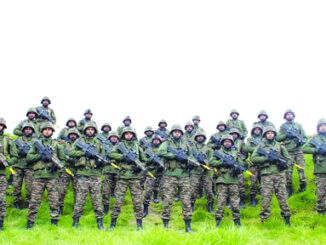
Signals buried deep in data from gravitational wave observatories imply a collision of two black holes that were clearly born in different places. Almost all the spacetime ripples that experiments like the Laser Interferometer Gravitational-Wave Observatory, or LIGO, see come from collisions among black holes and neutron stars that are probably close family members (SN: 1/21/21). They were once pairs of stars born at the same time and in the same place, eventually collapsing to form orbiting black holes or neutron stars in old age.
Now, a newly noted marriage of black holes, found in existing data from U.S.–based LIGO and its sister observatory Virgo in Italy, seems to be of an unrelated pair. Evidence for this stems from how they were spinning as they merged into one, researchers report in a paper in press at Physical Review D. Black holes that are born in the same place tend to have their spins aligned, like a pair of toy tops spinning on a table, as they orbit each other. But the pair in this case have no correlation between their respective spins and orbits, implying that they were born in different places.
“This is telling us we’ve finally found a pair of black holes that must come from the non-grow-old-and-die-together channel,” says Seth Olsen, a physicist at Princeton University.





Be the first to comment